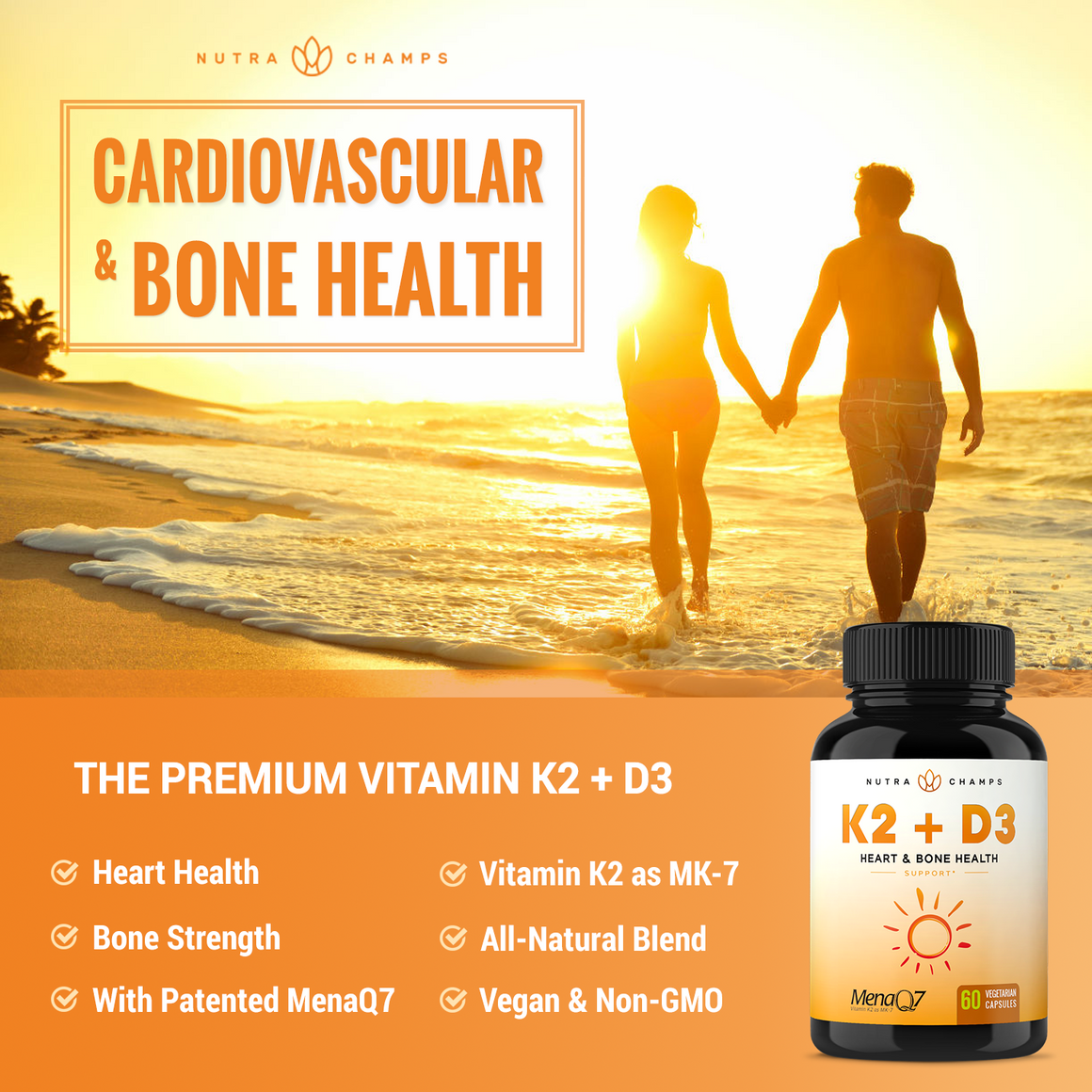

Furthermore, among menaquinones, menaquinone-7 (MK-7), with its longer side chain, is very hydrophobic. Structural differences between K1 and K2 impact their bioavailability and bioactivity. Menaquinones are synthesized by bacteria and can be obtained from animal-based and fermented foods. Menaquinones are designated as MK-n, where n denotes the length of the molecule’s aliphatic side chain. Naturally occurring vitamin K is found as either K1 (phylloquinone), which is derived from food sources such green leafy vegetables, or K2 (menaquinones). Take one capsule daily, preferably at mealtime, or as directed by your healthcare practitioner. Since vitamin D and vitamin K2 enhance absorption of one another, take advantage of vitamin synergy with these highly bioavailable and bioactive forms of these nutrients designed to help balance hormones, enhance bone health, and support cardiovascular health for noticeable, sustainable healing.* Instead of synthetic forms of vitamin K, The D3-K2 provides MK-7 as Vitamk7™, a naturally derived and solvent-free vitamin K2 that has been obtained through a patent-granted biofermentation process of Bacillus subtilis natto cultures.* Therefore, dietary supplementation is of vital importance. But it can be difficult to consume a diet high enough in Vitamin D and K2 to facilitate optimal levels. Blood levels should be monitored while someone is taking high doses of vitamin D.Īs always, talk to your doctor before taking vitamin and mineral supplements.Every cell in your body needs vitamin D and Vitamin K2 to thrive. Recommended Dietary Allowance (RDA) for most adults of 600 IU of vitamin D a day.ĭoses higher than the RDA are sometimes used to treat medical problems such as vitamin D deficiency, but these are given only under the care of a doctor for a specified time frame. This level is many times higher than the U.S.

Taking 60,000 international units (IU) a day of vitamin D for several months has been shown to cause toxicity.

Your doctor might also prescribe intravenous fluids and medications, such as corticosteroids or bisphosphonates. Treatment includes stopping vitamin D intake and restricting dietary calcium. Vitamin D toxicity might progress to bone pain and kidney problems, such as the formation of calcium stones. The main consequence of vitamin D toxicity is a buildup of calcium in your blood (hypercalcemia), which can cause nausea and vomiting, weakness, and frequent urination.


 0 kommentar(er)
0 kommentar(er)
